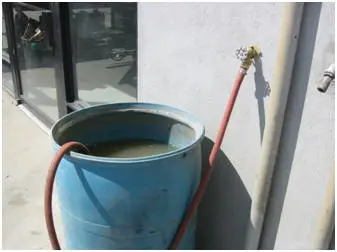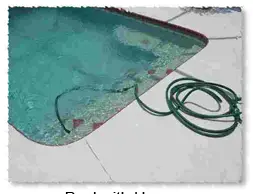
Food safety cross-connection
“A physical link through which contaminants from drains, sewers, or other wastewater sources can enter a drinkable water supply”
Basically, any connection between clean water and dirty water. And there are usually more places than you realize.
A hose connected to a faucet and submerged in a mop bucket is an example. Because sometimes air-pressure can change unexpectedly a create a “backflow”. Dirty water could flow into the clean water and contaminate it.
The same is true for a spray gun in the dish room. If it is left in the sink and the sink backs up with water overnight, this causes a cross-connection. The dirty water from the drain contaminated the water in the spray gun. Now if an employee uses that water assuming it’s clean, someone could get sick.
There are probably countless “cross-connections” in many topics of interest. The cross-connection in ServSafe is the same as it is referred to in all of food safety. It’s even the same cross-connection as it’s referred to in plumbing as well.
Cross-connection vs. Cross-contamination
Sometimes cross-connection is confused with cross-contamination. Basically, they are the same thing: when something dirty contaminates something that is supposed to be clean.
Cross-Connection usually deals with water, drains, pipes, hoses and such. There are a couple of special preventative measures used for this area and that will be explained below.
Cross-Contamination usually deals with situations like cutting raw chicken on a cutting board then using that same cutting board for something else. Or cutting food that will be served raw with a knife that was used to cut raw meat.
Air-Gap
An “Air-Gap” is a space of air between dirty water and clean water. For example, you do not want to have a hose from a faucet hanging into a sink of water. Instead, there should be an air gap.
Backflow Prevention Device
It there cannot be an “air-gap” then there should be a “back-flow prevention device”. If you must have a hose, drain or other means by which dirty water and clean water connect, then you should use a backflow prevention device. This is just the coupling at the end of a hose so that they can connect, but water is prevented from flowing in the wrong direction.


